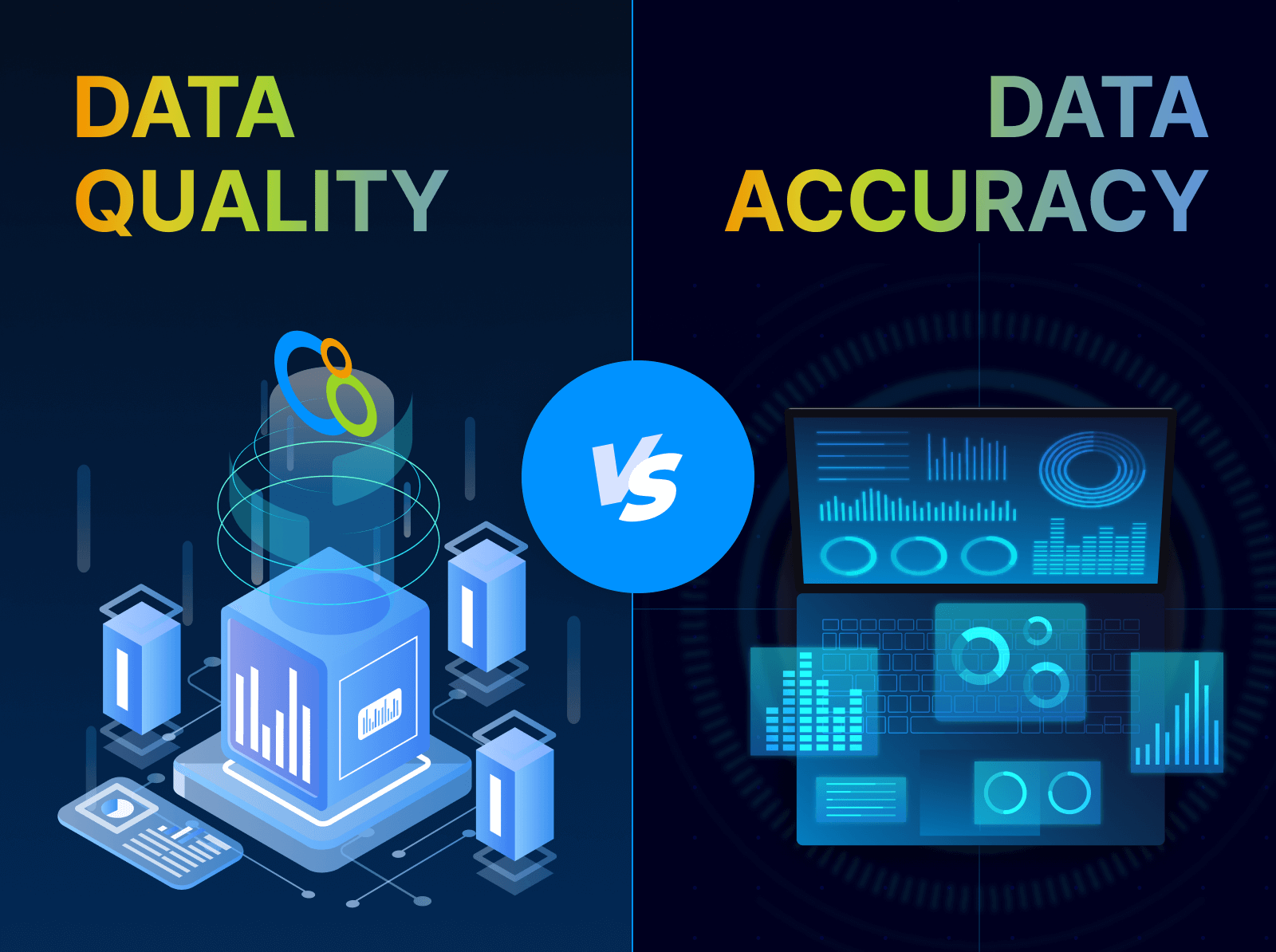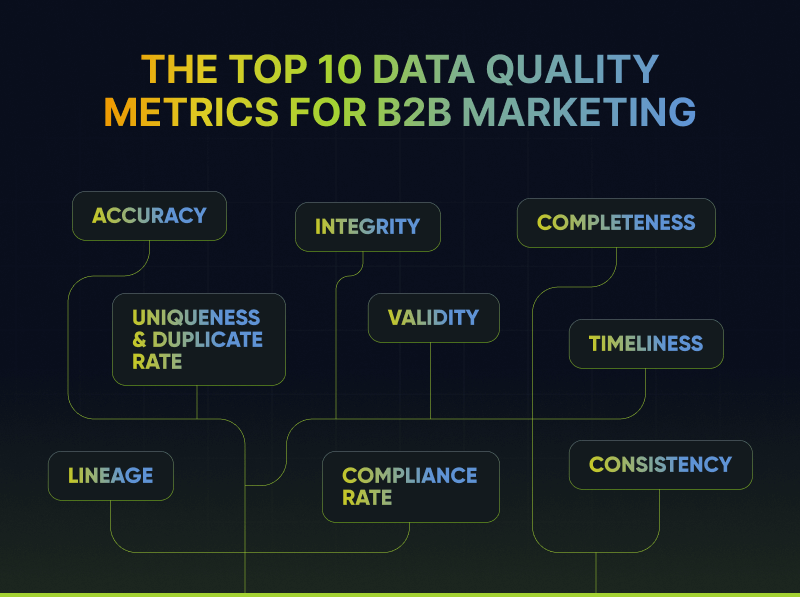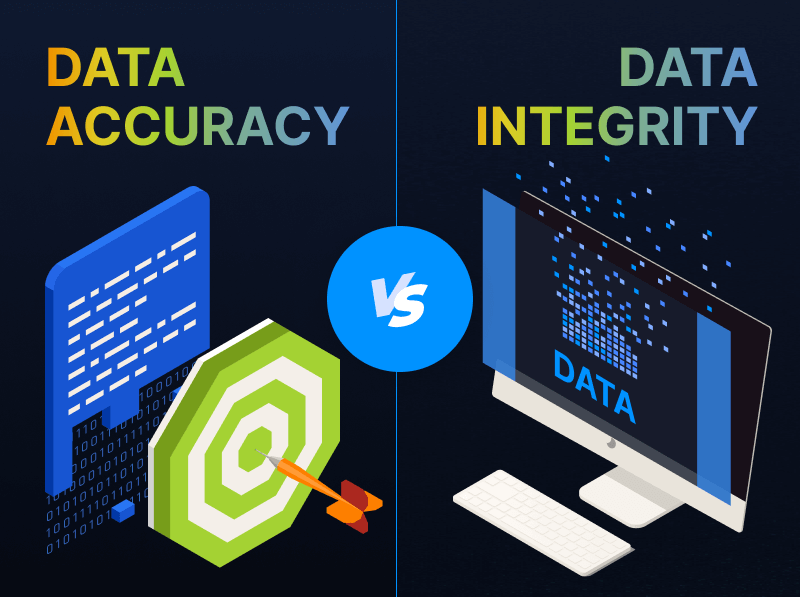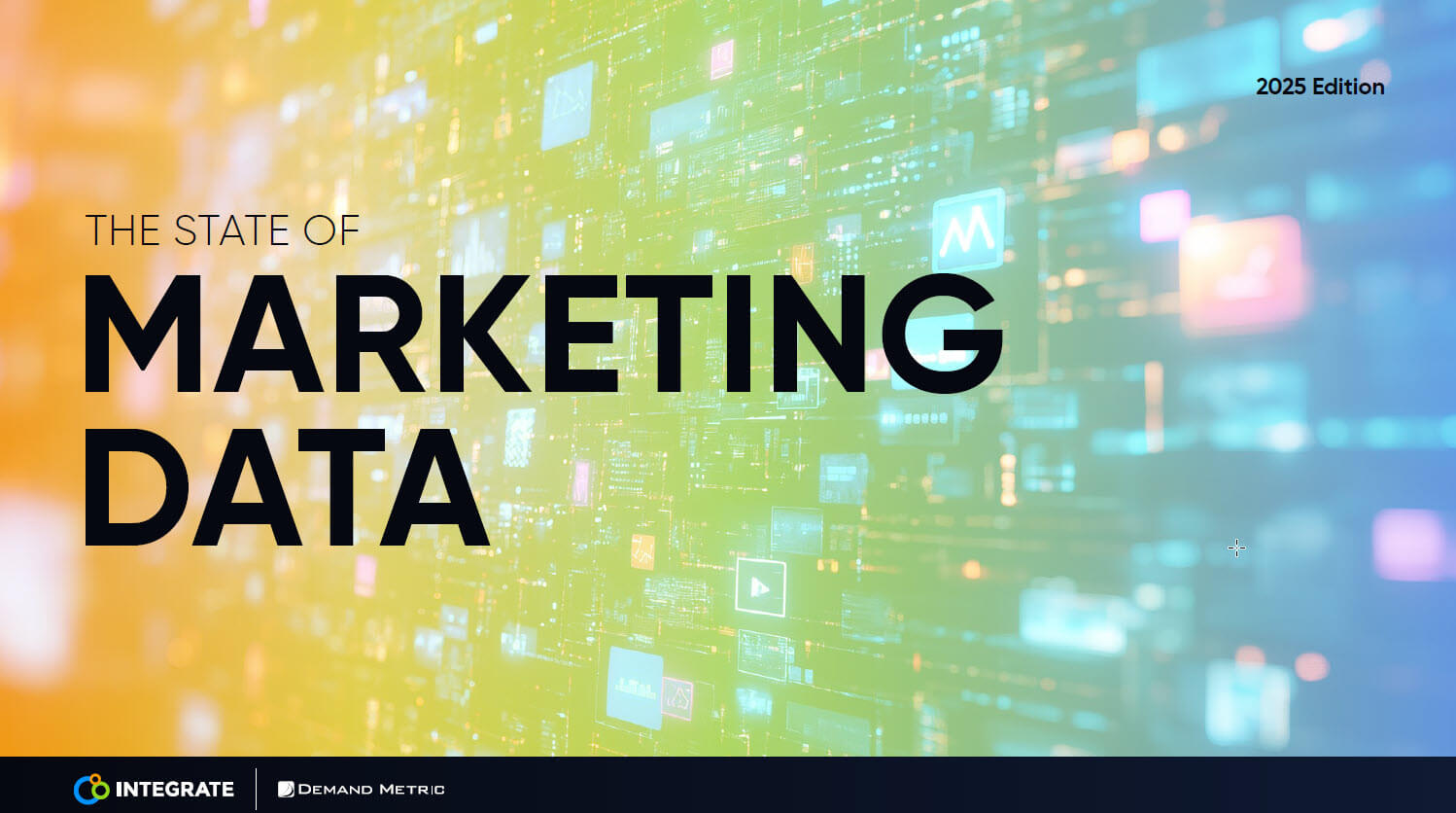5 Tips to Get More Out of Marketing Events
Face-to-face events are the single most expensive line item on the marketing budget. If we do them wrong, they’ll be seen as a cost-center and will consequentially be prone to budget cuts. But if we do events correctly, we’ll generate more opportunities than our ops team can count, and better yet, convert those contacts into more revenue than the C-suite thought possible.
After many successful events (and admittedly a few failures), here are the five key areas I never neglect when planning, executing and measuring an event.
#1 Identify a clear, concise goal that the entire team rallies around
Why does your company participate in events? To gain new contacts? Host sales meetings? Showcase the brand? Whatever the ultimate goal is, the entire team – not even just those attending – needs to be informed and rallying around it.
A tried-and-true goal-setting practice
Define the ultimate goal of the event. This is typically a revenue or ROI target; for the sake of the example, we’ll say that the target goal is to generate $1M in revenue that can be directly attributed to the event.
Now that you have a north-star, define the smaller milestones that will produce the $1M:
- Gather 100 net-new contacts
- Host 10 sales meetings
- Open 5 new opportunities
#2 Don’t stop at the booth: Leverage more opportunities for interactions
How many booths can one person attend throughout the duration of an event? Their bags are overflowing with logoed keychains, water bottles, koozies, and more brochures than they will ever care to read. What’s unique to your event presence that will make them remember the conversation they had with you? Odds are, not much. Unless they specifically hunted your booth down in the expo hall, your value proposition will be forgotten by the time they arrive back home.
Let’s take a minute for a quick sidebar in psychology. Three is the smallest number it takes to create a pattern. The “rule of three” is a psychological concept that states people are more likely to recall something when it is presented to them three times. Turning back to our event, why would we expect attendees to remember our brand and value proposition if they’ve only interacted with it once?
There is a reason Integrate is “everywhere” at industry events: to better our chances of attendee recalls. Even if someone has never interacted with us, if they see our brand and interact with us at multiple stops, like meeting spaces or field events, they’re more likely to inquire about our offering after they leave.
#3 Event data doesn’t have to be dirty: Put the right technology in place to maximize event ROI
Arguably, the biggest pain point of any face-to-face event is extracting, and nurturing acquired contacts. It’s astounding how many enterprise companies are still doing events the “old-fashioned” way (e.g., collecting business cards and renting event-organizer badge scanners). When outdated capture methods are used, the manual effort associated with processing event prospects skyrockets. Marketers databases are often already filled with incomplete data, and this added dirty event data keeps field marketers and ops teams busy for weeks following an event. Inevitably, when it comes time to prove ROI and pipeline impact, the data is weak and doesn’t support the costly nature of event marketing.
There’s a new way that saves B2B marketing teams countless hours of manual processing, mitigates dirty data and allows teams to capture attendee data and connect it back to their systems in real time. Earlier this year, Integrate acquired Akkroo, a London-based event lead management technology company. Combining Integrate’s demand orchestration software with the Akkroo technology enables marketers to collect, process and engage event leads at scale. Check out a full explanation of the software here.
#4 Have a follow-up plan as extensive as your pre-event promotion plan
While it’s tempting to get home from an event and move directly on to the next one, constructing a thorough follow-up plan allows you to get even more out of all your physical events. While there are multiple ways to accomplish your defined goal(s), here’s how I structure Integrate’s follow-up:
- Ensure all event data is processed and into Salesforce within 24 hours of event-end. Hint: this step becomes a breeze if you’ve implemented Integrate’s premium event solution.
- Identify any contacts that need special attention and assign tasks to proper sales/business development reps.
- Aid your sales team with quick-and-easy follow up by providing marketing-approved outreach templates, referencing their experience during the event.
- If your data is squeaky clean, leverage a direct mail vendor like Sendoso or PFL to send your most memorable contacts a relevant gift or “thank you” note. You’ll be surprised how big of a difference going the extra mile makes.
- Ensure the rest of the contacts and/or leads collected at the event are enrolled in relevant nurture tracks.
Pro-tip: Take the time to tailor your follow-up and give your brand the class it deserves. Nothing kills a potential opportunity like an email that’s clearly been sent to your entire database.
#5 Never miss an opportunity to surprise and delight: Going the extra mile makes a difference
As mentioned above, going the extra mile truly makes a difference in event marketing. I’ve learned from my experience that there is always an opportunity to surprise and delight; you just have to find it. Making your contacts feel like they are in your company’s inner circle will make all the difference when it comes time to close a deal. Events are the perfect opportunity to showcase your keen attention to detail.
While this step requires some extra time and thought, the payoff is well worth the investment. A few examples of going the extra mile:
- If possible, bring the customer or prospect up on stage with you to showcase their expertise.
- If you know a key prospect is coming to an event, gather their travel info and arrange luxury transportation for them.
- Arrange for a gift to be placed in their hotel room upon arrival.
- Keep a customized gift at the booth for the prospect/customer.
- Send a handwritten note. Emails and e-gift cards are great, but how special is it to receive an unexpected “thank you” note in the mail accompanied by a physical token of appreciation? There’s something about knowing the time it took to construct a note and procure a physical gift that makes it that much sweeter.
While there are plenty of ways to make an event work, there are only a few key areas that event and field marketers need to focus on to create successful events. Having the right tools and a clear plan will make all the difference between a costly event and a profitable marketing campaign.









